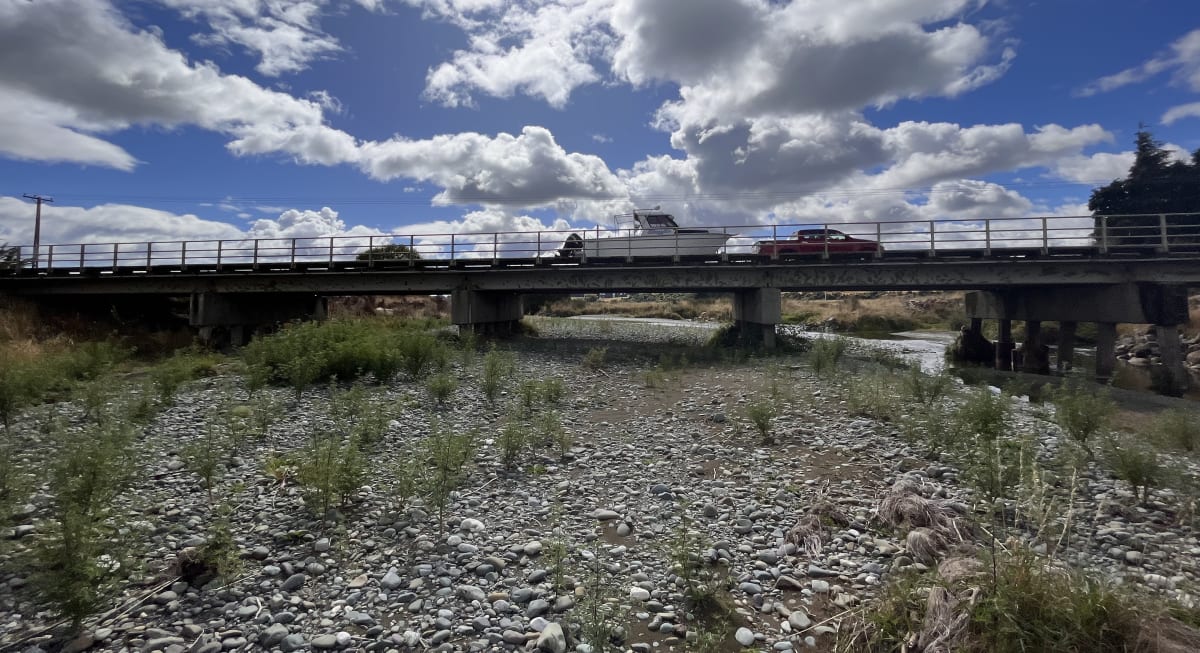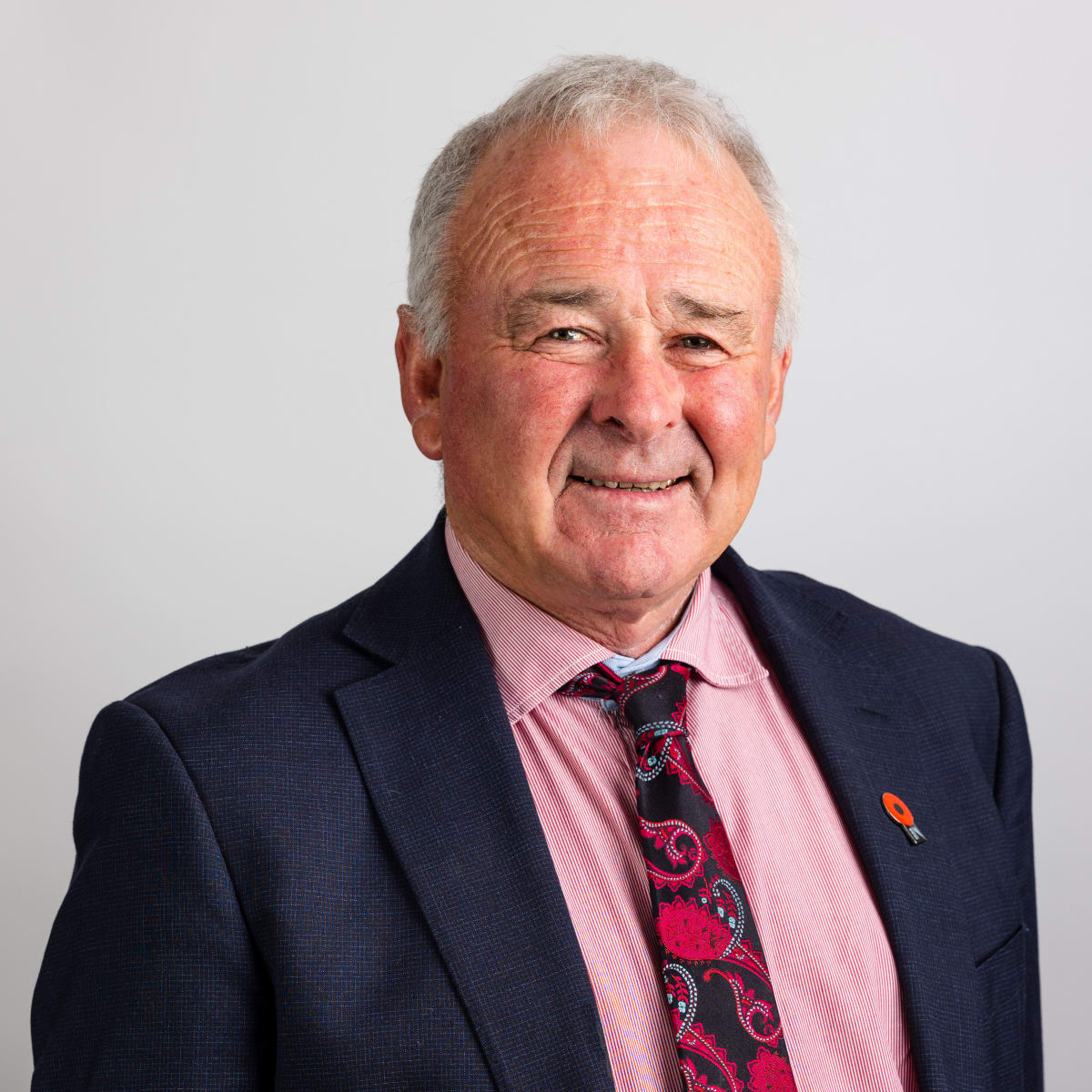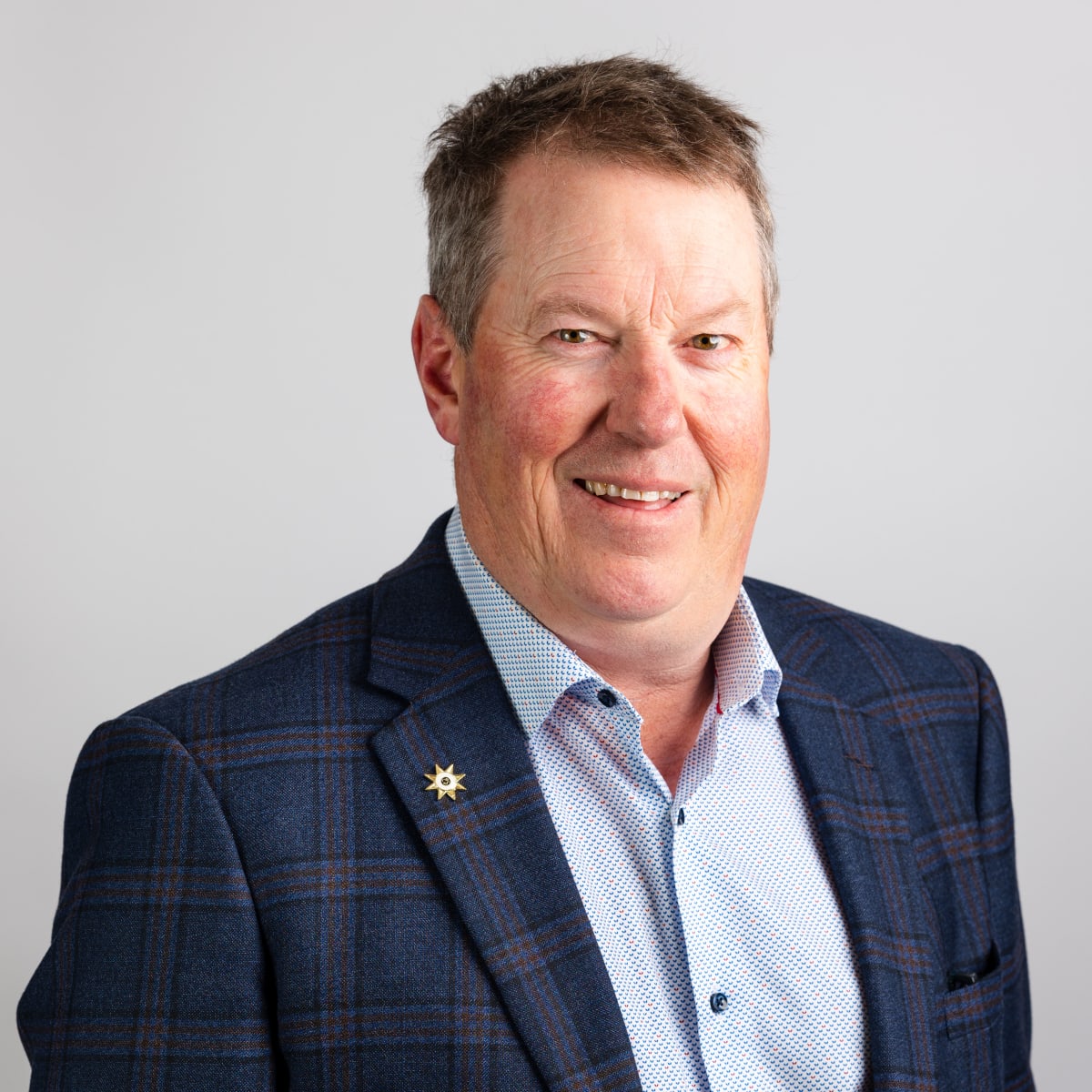
Cyclone Gabrielle’s hammering of Hawkes Bay has ignited fears in Southland of bridges failing and farmland flooding through “mismanagement” of accumulated gravel
Southland farmer Barry Taylor is frustrated gravel is being allowed to build up beneath a bridge on one of the country’s key tourist routes despite his years of pushing for its removal.
He worries the bridge across the Whitestone River on State Highway 94 between Gore and Milford Sound will fail and flood his farm.
As chair of the Te Anau catchment liaison committee, one of eight in the province, he advises Environment Southland on river works and flood management bordering waterways.
Newsroom canvassed members of other catchment groups and all have examples of gravel and debris accumulation under Southland bridges that they say poses safety and flood risks and they want diggers put to work to remove it.
But other bodies, including regional council Environment Southland and angler and hunter advocacy group Fish & Game, don’t believe diggers are the answer to the province’s river management.
Rocks in their heads
Taylor says in the years since gravel was last removed from below the Whitestone bridge the catchment committee has been telling the council the build-up needs to be better managed.
He raised the issue with Environment Southland again after Cyclone Gabrielle had wreaked havoc on farms in the North Island.
“I told them ‘you’ve got rocks in your heads if you don’t prepare for this next big event’. Nothing has been done,” says Taylor.
“I have a serious investment in it because if the same thing happens here that did in Hawkes Bay, the weakest point in the river is the Whitestone bridge and it’s going to come down these flats and flatten my livelihood.”
The bridge has been washed out twice in the past 13 years, in 2010 and 2013. Diggers were brought in after the event but Taylor believes if they had been deployed in advance the wash-outs wouldn’t have happened.
Where once farmers and contractors could remove gravel from riverbeds off their own bat, those days are over.
A resource consent is now needed unless a regional council has to make emergency repairs following an event such as a flood.
Getting to grips with gravel
Consents involve consulting iwi, Fish & Game and the Department of Conservation.
Regional councils are responsible for gravel in the key areas of consenting and river management and in the latter may get hands-on with it to protect council infrastructure such as stop banks and properties.

Infrastructure providers such as Waka Kotahi, KiwiRail and district or city councils also manage gravel to protect their assets, which comes with statutory responsibilities.
Waka Kotahi has a 25-year consent to remove up to 26,000 cubic metres of gravel a year from under the Whitestone bridge.
In its consent application it said “the overall intent of the proposed gravel extraction is to protect the bridge from flooding and damage from erosion that results from ongoing bed aggradation”.
But Robert Choveaux, Waka Kotahi’s Otago and Southland senior network manager and structures adviser, says “at this stage the transport agency has no concerns about river aggregate at the Whitestone bridge”.
He says the agency’s contractors remove accumulated aggregate from below the bridge as required.
According to his colleague Justin Reid, the Southland maintenance contract manager, the last gravel extraction was between April and May 2020, not long after floods that February.
That was in response to public concern, Reid says, and with the approval of Environment Southland and the Department of Conservation.
A decade before, Waka Kotahi built groynes to direct water away from the bridge abutment into the channel to protect the structure during heavy river flows.
Self-interest groups
Taylor has an ally in Federated Farmers Southland president Chris Dillon who feels Environment Southland is hamstrung from carrying out river maintenance and flood protection work by interfering “interest groups”.
He is critical of Fish & Game and others whose objections slow down the resource consent process.
“They are risking downstream towns, infrastructure and roads for a little bit of self-interest and it’s time they were called out on it.”
It’s not that Environment Southland is sitting on its hands.
More than two years ago its catchment division began the application process for a global consent for gravel extraction that could be used for the removal of material from riverbeds and below bridges.
Dillon supports the move but says the fact the council still has no consent shows even its hands are tied, he says.
Environment Southland integrated catchment management general manager Paul Hulse says it is working on a strategic gravel management policy with expert input.
“Gravel build-up is an ongoing issue and developing a policy that is supported by all stakeholders will ensure we can respond to gravel management issues more effectively.”
Data to support the policy has recently been received, Hulse says.
“This application is likely to identify specific sites where gravel needs to be appropriately managed,” he says.
Matter of principles
The regional council’s chairman, Nicol Horrell, thinks a global consent will relieve some of landowners’ frustrations.
But the council first needs to sit down with various interested parties to agree on principles or terms of reference, he says.
“For major jobs there are regulatory rules we have to go through but if we could build trust and confidence for minor jobs we could go and do them in a timely manner,” he says.

A global consent will also allow gravel to be stockpiled reducing roading companies’ travel requirements and carbon footprint.
Horrell also wants to see Environment Southland taking charge of managing gravel build-ups under Waka Kotahi and KiwiRail bridges.
“The logic is people might be good at running railway tracks or fixing pot holes but focusing on gravel build-up under bridges doesn’t seem to be a high priority.”
No objection
Zane Moss, the Southland manager of Fish & Game, says the organisation did not oppose Waka Kotahi’s bid for consent to take gravel from the Whitestone River.
Fish & Game doesn’t object to gravel removal when it is required and if the work is backed by science, he says.
“Rather than just arguing about whether we should dig out this beach or rock armour that riverbank, we and other entities such as DoC and iwi have been pushing for a broader consideration of where we find ourselves.
“You’ve seen one or two commentators who own land next to rivers be very vocal about what they perceive our wishes to be.
“But I don’t think we are really talking about the same things.”
What concerns Fish & Game is overextraction of gravel from some rivers causing bank collapses and habitat degradation, says Moss.
“At times we are focusing on gravel when in reality the issues are far more likely to be the inappropriate placement of stop banks,” he says.
With predictions Southland will get more frequent floods of greater intensity, the need for greater capacity within managed rivers is becoming apparent, says Moss.
“Gravel can be an issue but rivers flood because we get a lot of rain and are trying to constrain them in relatively narrow fairways.
“We can’t just dig rivers out to stop flooding.”
He advocates “more structured conversations” about river ecosystem management and flood protection works “rather than fighting about what in many instances is a resource that is overextracted already”.
However, he accepts there are locations where gravel can build up and become a problem.
“We accept that we need to deal with those.”
Finger-pointing
Environment Southland regulatory services committee chair Peter McDonald believes the council needs to bring stakeholders together to break what he sees as an impasse on river management.
“What we have is groups pointing the finger at each other.”
McDonald says landowners tend to focus on gravel removal - “extract it and everything will be fine” - a narrative that has been repeated over the years.
But he doesn’t consider it to be the whole problem.
The Whitestone discussion applies to all the province’s braided rivers, he says.
“We can’t have a whack-a-mole approach to gravel extraction because we could inadvertently be speeding up the water column making it more dangerous to downstream towns and landowners.
“It might satisfy the people in the upper catchment but it could have serious consequences in the lower catchments.
“So we need to find ways of de-energising our river systems.”

Southland needs to move to an overall catchment management plan that encompasses everyone’s views, he says.
Echoing Fish & Game’s Moss, he says it has to be science-based.
“We don’t have any other option and I think all parties would agree with that.”
McDonald says there has been a shift from farmers being the “premier voice” on rivers to other stakeholders having more influence.
“To be fair, landowners may be feeling a power shift over a period of time and it hasn’t been explained to them that it’s happening.”
And he can see they might feel there has been “inaction”.
Shifting sands
Part of the picture, says the council’s Hulse, is the National Policy Statement for Freshwater Management, which created additional requirements for scrutiny of activities involving freshwater including gravel extraction.
“The potential ecological and cultural effects and potential effects on river morphology of gravel extraction activities are closely scrutinised during the resource consent process.
“During the process, tangata whenua and a number of stakeholders often also closely scrutinise such applications to seek to ensure their interests and values are not adversely affected from a potential new activity,” he says.
There is some good news for Taylor and his committee, with DoC agreeing to a grazing trial along a section of river above the Whitestone bridge.
The group suggested to DoC they work together on a trial using sheep along a section of the Whitestone to keep weeds under control.
DoC Te Anau operations manager John Lucas says the move away from reliance on herbicides to manage weeds near a waterway is supported by the conservation department and its effectiveness will be scientifically monitored.
Further robust discussions about gravel extraction from Southland’s rivers are expected at a meeting of the liaison committee chairs and Environment Southland this week.
Made with the support of the Public Interest Journalism Fund








